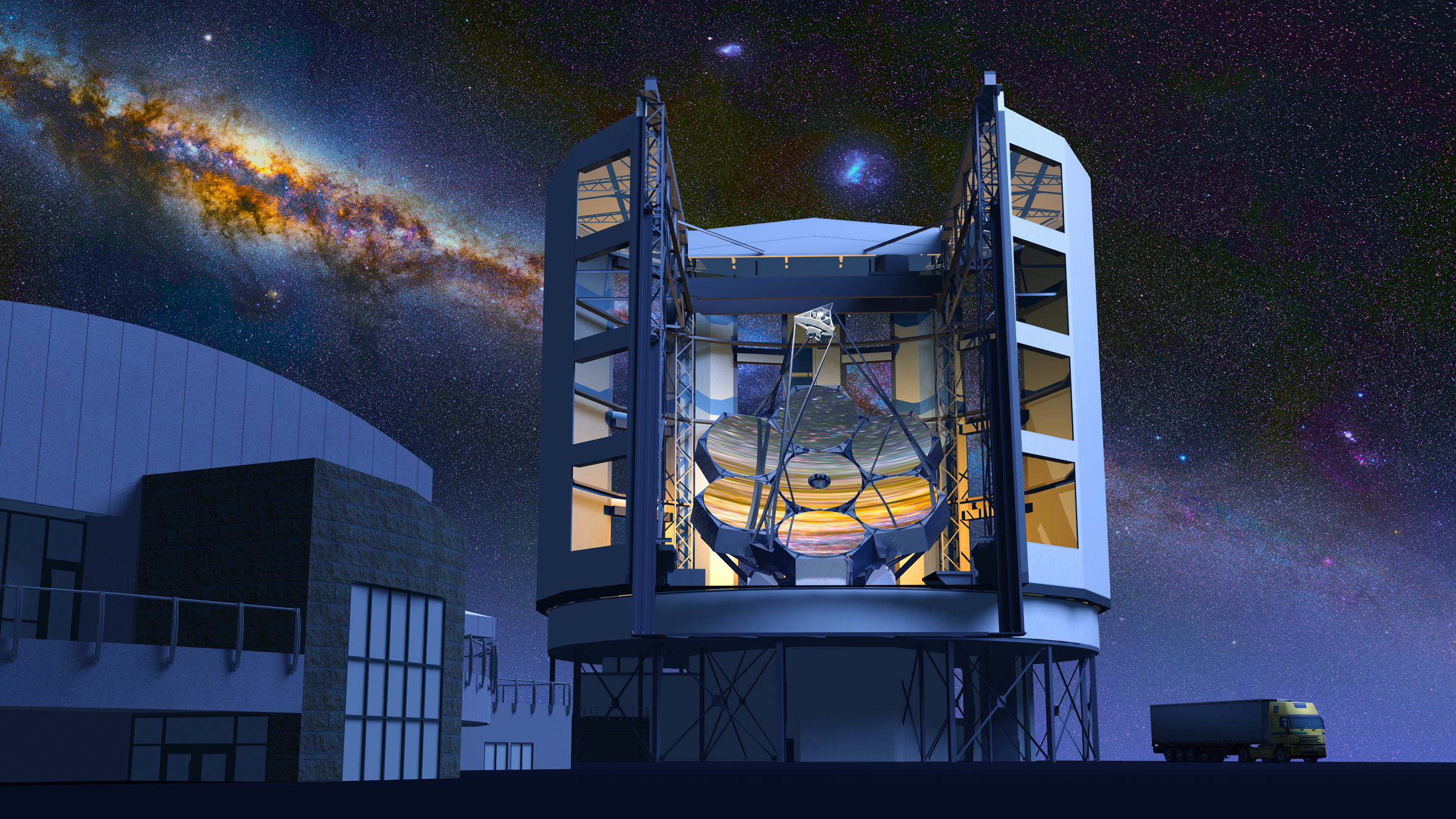Humans have used hardware instruments to find the extent of the outer space since Galileo Galilei first appointed his telescope to the sky in the early 1600s. Initially it consisted of a single concave eye lens that was in harmony with a single convex lens, Galilei’s first telescopic device enlarged an object with a factor of three and continued to switch to the instrument that was able to enlarge the object 20 times. For centuries, a humble telescope evolved from the simple tube with two small lenses up to 100-inch hookers reflecting the telescope on Mount Wilson Observatory, The Hubble Space Telescope, and The Magellan Telescope (GMT).
The giant Magellan telescope is the latest Large Telescope (ELT) to be built in Chile, in the Desert Atacama, a dry non-pole desert in the world. The build site in question is part of the Las Campanas Observatory, the collective of buildings and instruments that have access to an estimated 300 night sky which is clear per year. Hard rock construction from the telescope site began in August 2018 and was completed in March 2022.
The Giant Magellan Telescope is being constructed in Chile
When finished, the GMT will stand 65 meters high and including the seven largest parabolic telescope mirrors ever built. Every mirror diameter of 27.6 feet (8.4 meters) has a mirror surface of 83.33 feet (25.4 meters), weighs 18 metric tons, and takes four years to be built. Each is polished for approximately two years and very smooth so that any defects are less than a thousandth of human hair width. The seven mirrors, arranged in a distinctive flower form, will be 80 feet and provide more than 368 square meters (3,691 square feet) of light collection areas.
The giant Magellan telescope is 19 million times better in collecting light than the human eye, with a resolution that is so great that it can see a torch engraved behind a penny from almost 100 miles. In addition, it will have the largest view of the very large telescope and become the only 30 meter class telescope with an adaptive optical base layer.
Adjust to open anytime in 2029, at a cost of more than $ 1 billion, a great Magellan telescope will be ten times stronger than the Hubble Space Telescope and have four times the imaging resolution of the James Webb room telescope. With this kind of imaging power, the scientific community hopes to find signs of life, planets like the earth in the Goldilocks zone, uncover the mystery of dark matter and black holes, and find answers to our cosmic origins
